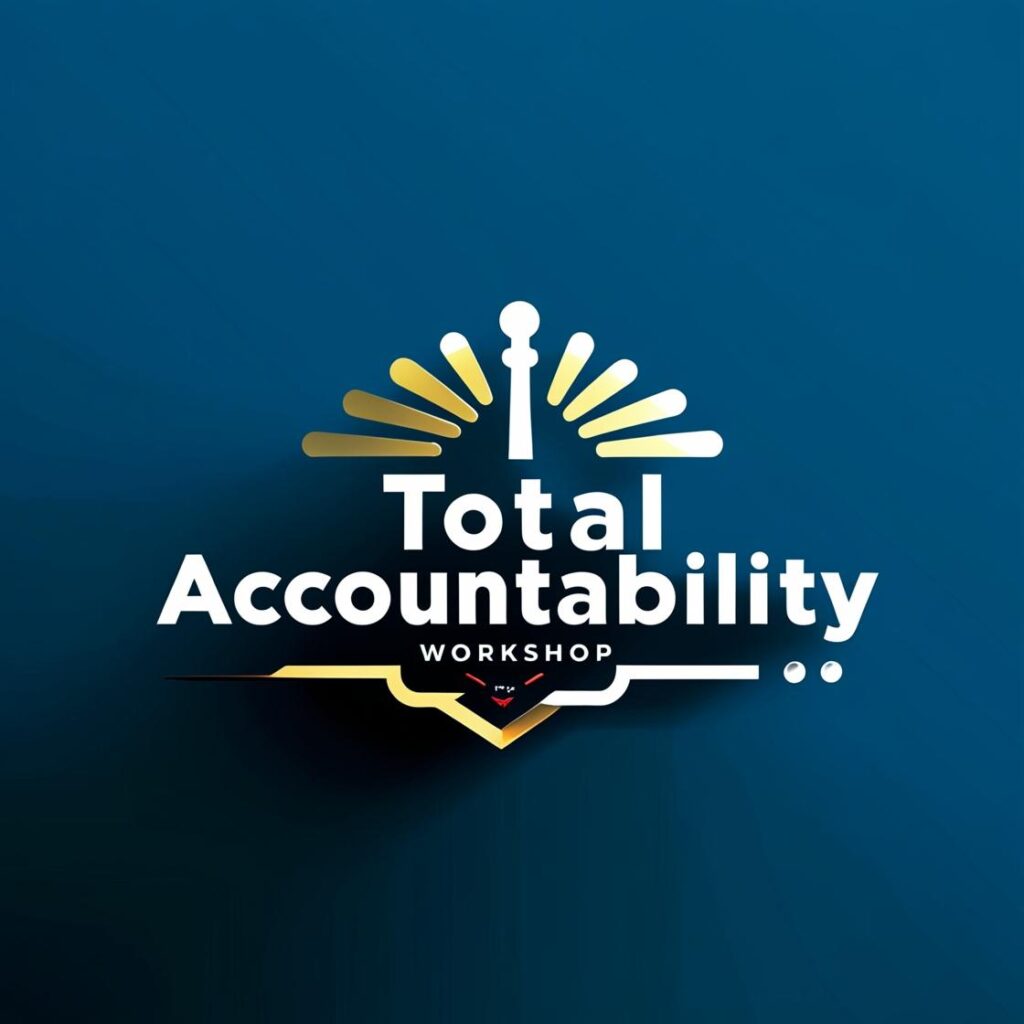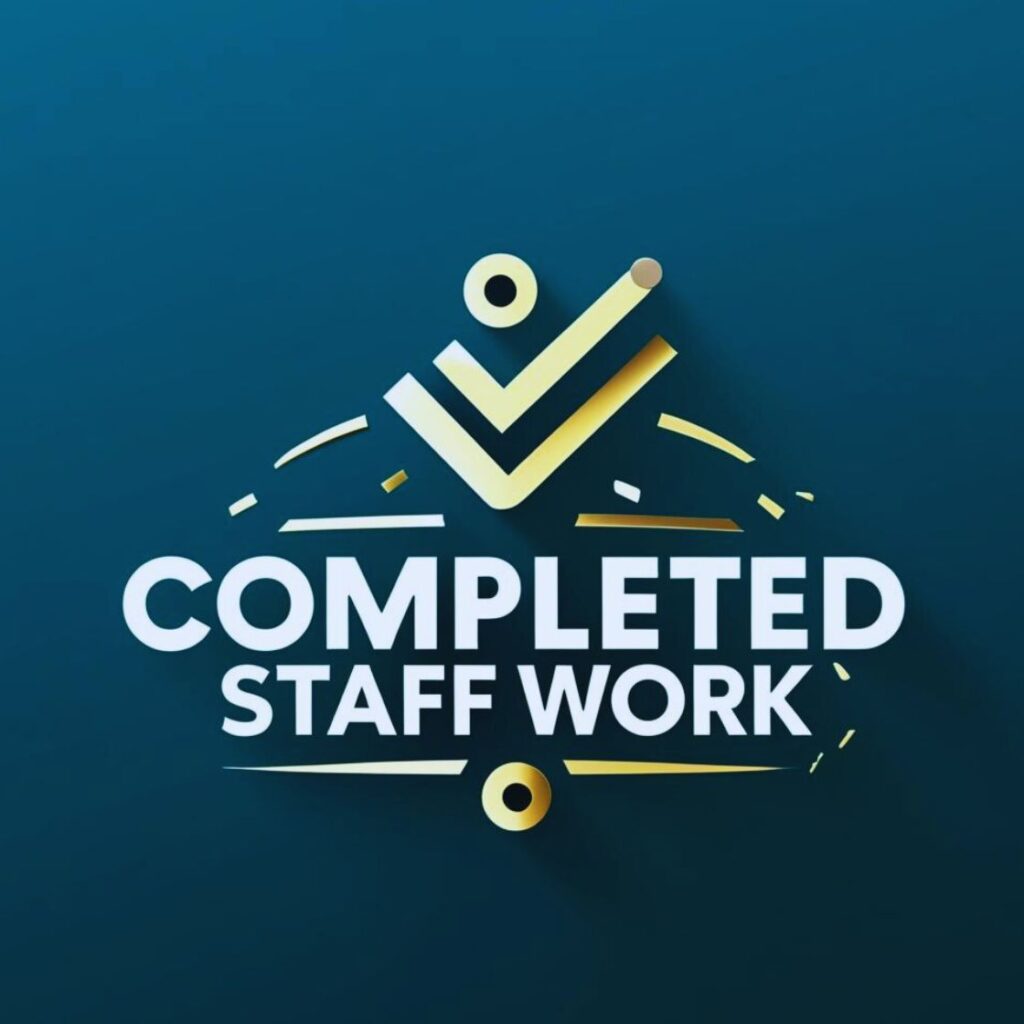Many organizations face a big challenge: employees not taking responsibility for their actions. When people avoid their duties or blame others, projects get delayed, money is lost, and everyone feels frustrated.
This lack of responsibility can slow down a company’s success and create a stressful work environment.
🚀 Great leaders don’t just happen—they’re built, trained, and tested. Our leadership program gives you the blueprint to build the leader within. Ready to get started?”
What is the ladder of accountability?
Imagine a ladder where the bottom steps are about ignoring problems or blaming others. As you climb higher, you start to see problems clearly, take responsibility, and think of solutions. At the top, you’re fully responsible and ready to tackle any issue without making excuses.
Using the ladder of accountability can change the way a company works. It helps everyone focus on solutions, not blame. It creates a place where people trust each other, work well together, and get things done. This ladder is a simple tool, but it can make a huge difference in how a company succeeds.
The Ladder of Accountability
The ladder of accountability is more than just a leadership tool; it’s a roadmap to cultivating a proactive, responsible, and empowered workforce. Understand and guide individuals through each rung. Create an atmosphere where employees own their actions, contribute actively, and ultimately drive success.
Let’s embark on this insightful journey, one rung at a time.

Great leadership isn’t an event—it’s a habit. Get actionable leadership habits every Monday and Thursday.
1. Unawareness
At this bottom rung, individuals often operate in the dark, unaware of the bigger picture or specific details. This is not necessarily due to negligence but might arise from a lack of communication or rapid changes within the organization.
Questions that might linger in their heads include, “What’s the new procedure?” or “Was I supposed to know that?”
Scenario: Sarah, a dedicated team member, frequently misses critical email updates because she isn’t aware of the new communication platform the company recently adopted.
Action Steps: Leaders should provide clear communication about any changes and ensure all team members understand.
Climbing Up: Organizing a workshop on the new platform ensures that Sarah and her colleagues are well-acquainted with it.

2. Confusion
Despite having some information, individuals at this stage grapple with clarity. They might be caught in the whirlwind of multiple directives or an overload of data, leading to questions like, “How does this fit into our overall goal?” or “What exactly is expected of me?”
Scenario: After a shift in project strategy, Tom is unclear about his role, leading to duplicated efforts and missed tasks.
Action Steps: Leaders should clarify any ambiguities and ensure everyone understands their responsibilities.
Climbing Up: A one-on-one discussion with Tom about his responsibilities, complemented by a clear project roadmap, can eliminate confusion.

3. Blame Others
Being stuck in this phase means passing the buck. Instead of taking responsibility, individuals find it easier to point fingers. This defensive mechanism can arise from a fear of repercussions or a lack of understanding about collective responsibility.
Typical thoughts might be, “Why aren’t the others doing their part?” or “This wasn’t my fault.”
Scenario: Whenever quarterly targets aren’t achieved, Jake quickly points out how marketing’s efforts were lackluster, without introspecting his sales team’s performance.
Action Steps: Encourage personal accountability and emphasize shared responsibility.
Climbing Up: Instituting a culture where each department shares both its successes and areas of improvement can prevent the blame game.

4. Wait and Hope
People at this rung acknowledge the problem but take a backseat, hoping issues will magically resolve. This passive approach could stem from a lack of confidence in effecting change or fear of making the wrong move.
Common questions might be, “Maybe this will get better by itself?” or “Isn’t someone else taking care of this?”
Scenario: Emily notices declining morale within her team but believes it might just be a phase and will improve on its own.
Action Steps: Promote active problem-solving and face challenges head-on.
Climbing Up: Emily could arrange a team feedback session to understand and directly address the root causes of the declining morale.

5. Cover Up
Here, individuals recognize errors but might try to sweep them under the rug. This evasion can arise from a fear of judgment or punitive action.
Questions they grapple with include, “How can I avoid getting caught?” or “Will this blow over if no one notices?”
Scenario: After inadvertently deleting an important client file, Anthony hopes no one notices instead of addressing the mistake.
Action Steps: Foster a culture where mistakes are viewed as learning opportunities.
Climbing Up: If Anthony’s superiors cultivate a culture of openness, he might feel comfortable addressing the mistake and potentially finding a way to recover the file.

6. Acknowledge Reality
At this level, denial fades, and the individual confronts the reality of the situation. This acknowledgment, though a positive step, can sometimes lead to feelings of overwhelm.
Thoughts might center around, “I realize there’s an issue, but what next?” or “How do I navigate this challenge?”
Scenario: Maria realizes she struggles with time management, often causing delays in project completion.
Action Steps: Once a challenge is acknowledged, leaders should aid in creating a roadmap to address it.
Climbing Up: Maria could benefit from a time management workshop or tool that her supervisors can provide.

7. Own It
Embracing responsibility marks this phase. Individuals genuinely accept their role in the problem. This acceptance, though commendable, requires guidance to channel into productive outcomes.
Thoughts might be, “I made a mistake, and I need to correct it,” or “This is my responsibility.”
Scenario: During a product glitch, Kevin, the product manager, steps forward and accepts his oversight in quality control.
Action Steps: Validate and appreciate ownership and support solution-focused thinking.
Climbing Up: Recognizing Kevin’s acceptance and collaboratively enhancing the quality control process ensures such oversights are minimized in the future.

8. Find Solutions
Driven by a desire to rectify, individuals at this rung actively seek solutions. However, they might need resources or guidance to effectively implement their solutions.
Questions include, “How can I fix this?” or “What resources do I need?”
Scenario: Rachel identifies a recurring bottleneck in the supply chain and proposes a new vendor to alleviate the issue.
Action Steps: Leaders should encourage proactive problem-solving and provide necessary resources.
Climbing Up: Validating Rachel’s findings and setting up a trial period with the new vendor can be the path forward.

9. Make it Happen
This is the top where individuals not only identify solutions but also actively implement them. Their drive needs consistent support, resources, and occasional guidance.
Thoughts are centered around, “I am resolving this issue,” or “I am driving this to completion.”
Scenario: Neil notices declining engagement on the company’s blog. He takes initiative, revamps the content strategy, and actively monitors its success.
Action Steps: Leaders should support such initiatives, monitor progress, and recognize efforts.
Climbing Up: A monthly review of the blog’s performance, followed by a feedback session, can keep Neil’s strategy on track and inspire others.
The ladder of accountability isn’t just a theoretical construct. It’s a step-by-step journey towards cultivating a workplace where individuals embrace their responsibilities and proactively contribute to organizational success.
Understand where employees stand and guiding them upwards.










